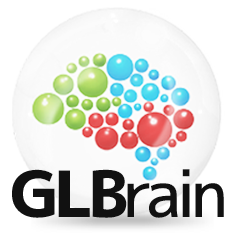The renewable energy sector has seen significant advancements in recent years, with solar power emerging as one of the most promising energy sources. A key innovation that has dramatically improved the efficiency of solar energy systems is solar tracking. Unlike traditional fixed solar panels, solar trackers dynamically adjust their position throughout the day to capture the maximum sunlight, significantly increasing energy output.
How Solar Tracking Works
Solar tracking is a technology that enables solar panels to follow the sun’s movement across the sky. This ensures that the panels are always positioned at the optimal angle for sunlight absorption. The system can be classified into two main types:
Single-Axis Solar Tracking – These systems move on one axis, either horizontally or vertically, adjusting the panel’s position based on the sun’s movement from east to west.
Dual-Axis Solar Tracking – These trackers move along both horizontal and vertical axes, adjusting for seasonal variations in the sun’s angle, thus maximizing efficiency.
Benefits of Solar Tracking Systems
The integration of solar tracking into solar energy systems offers numerous advantages, including:
Increased Energy Output – Compared to fixed systems, solar trackers can increase power generation by 25-40%, depending on the geographic location.
Efficient Land Use – With a higher energy yield per panel, solar farms using tracking systems require less space to produce the same amount of power.
Improved Return on Investment (ROI) – While solar tracking systems have higher initial costs, the increased energy production leads to better financial returns in the long run.
Challenges and Limitations
Despite its many benefits, solar tracking is not without challenges. Some of the key drawbacks include:
Higher Initial Costs – The installation of a tracking system is more expensive than a fixed system due to additional mechanical and control components.
Maintenance Requirements – Moving parts require regular maintenance and may be prone to wear and tear over time.
Energy Consumption – The motors and controllers in solar tracking systems consume a small portion of the generated electricity, which slightly reduces net efficiency.
Latest Innovations in Solar Tracking Technology
Recent technological advancements have led to more sophisticated solar tracking systems, incorporating artificial intelligence and automation. AI-powered trackers use weather forecasting and real-time data to adjust panel angles dynamically, optimizing energy production even under changing atmospheric conditions. Additionally, innovations like self-cleaning panels and wireless monitoring systems have improved the reliability and efficiency of solar trackers.
Future of Solar Tracking
With increasing investments in renewable energy, solar tracking is expected to become more affordable and widely adopted. Research and development are focused on enhancing durability, reducing costs, and integrating smart tracking solutions. The global shift toward sustainability and clean energy further drives the demand for advanced solar tracking technologies.
Conclusion
Solar tracking has revolutionized the way solar energy is harnessed, offering greater efficiency and improved energy output. Despite the initial costs and maintenance requirements, its long-term benefits outweigh the challenges. As technology continues to evolve, solar trackers will play a crucial role in making solar power a more reliable and dominant energy source worldwide.



Share the News